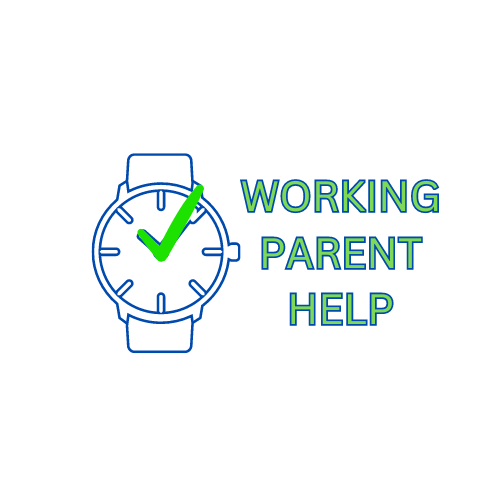
How To Help Your Child Overcome Fear and Anxiety
Parenting is a full-time gig with a side hustle in crisis management. One day you’re negotiating bedtime like a United Nations peacekeeper, and the next, you’re convincing your kid that the shadow on the wall is not, in fact, a monster waiting to eat their toes. Fear and anxiety are natural parts of childhood, but as a parent, you have the power to guide them through it without pulling your hair out. Let’s dive into how you can help your child navigate their fears and anxieties while keeping your sanity intact.
1. Validate Their Feelings
First and foremost, don’t brush off their fears. “There’s nothing to be scared of” might seem like a reassuring phrase, but to a child, it translates to, “My feelings aren’t important.” Instead, acknowledge their fear and let them know it’s okay to feel scared sometimes. Try phrases like, “I understand that spiders look creepy, but they are more afraid of us than we are of them.” (Unless, of course, you’re also terrified of spiders—then you can both scream and run in the opposite direction.)
Product Pick:
Help them feel secure with the Snugbelt Auto Shoulder Support Pillow, which provides comfort during car rides, reducing anxiety when traveling to new places or doctor’s appointments.
2. Teach Calming Techniques
Fear often brings its best friend, panic, along for the ride. Teaching your child simple calming techniques can help them manage anxiety in real-time. Breathing exercises, counting backward from ten, or squeezing a stress ball can work wonders. You can even turn it into a game—“Let’s see who can take the deepest breath!” (Spoiler: You will always win. You have bigger lungs.)
Product Pick:
Encourage mindfulness by using the CrystalBrew Transparent Juice Coffee Mug during a calming tea ritual. Let them choose their “magic” tea, and sip together while talking through their feelings.
3. Encourage Small Steps
If your child is afraid of the dark, don’t just toss them into a pitch-black room and say, “Good luck!” (Tempting, but ineffective.) Instead, introduce gradual exposure. Start with a nightlight, then progress to dimming it over time until they feel comfortable sleeping without it.
For kids with social anxiety, start with small interactions—like saying hello to the barista when picking up coffee—before expecting them to confidently participate in a school play. Baby steps add up!
Product Pick:
Help them feel in control by organizing their safe spaces with the PlayTote Portable Kids Toy Storage Play Mat. A clutter-free environment can create a sense of order and security, reducing anxiety.
4. Be a Role Model
Kids are like tiny, observant sponges who absorb everything—including your stress levels. If they see you panicking over every little thing (like when you realize you left the house without your phone), they’ll mirror that behavior. Model calmness and resilience when facing challenges. Instead of saying, “I’m freaking out!” when you hit traffic, try, “Looks like we’ll have extra time to listen to music!”
Product Pick:
Stay organized and prepared to reduce stress with the MediStore Transparent Multi-Layer Medicine Organizer. When you’re calm and collected, your child will learn to manage their own anxieties more effectively.
5. Use Positive Affirmations
Words are powerful. Teach your child to use positive affirmations to combat negative thoughts. Instead of “I can’t do this,” encourage them to say, “I am brave, and I will try my best.” Write affirmations on sticky notes and place them around their room, on their lunchbox, or even in their backpack for little confidence boosts throughout the day.
Product Pick:
Keep their affirmations visible with the GlassPro 24pc Airtight Pantry Food Containers. Use these to store healthy snacks with a confidence-boosting message written on the lid!
The Bottom Line
Fear and anxiety are part of life, but they don’t have to take over your child’s world. By validating their feelings, teaching calming techniques, encouraging small steps, modeling confidence, and reinforcing positive affirmations, you can help them develop resilience that will last a lifetime. And hey, if all else fails, there’s always the universal cure-all: hugs and snacks.
Do you have any tried-and-true methods for helping your child overcome fear and anxiety? Share your experiences in the comments below, or check out our other parenting blogs for more tips and tricks!
